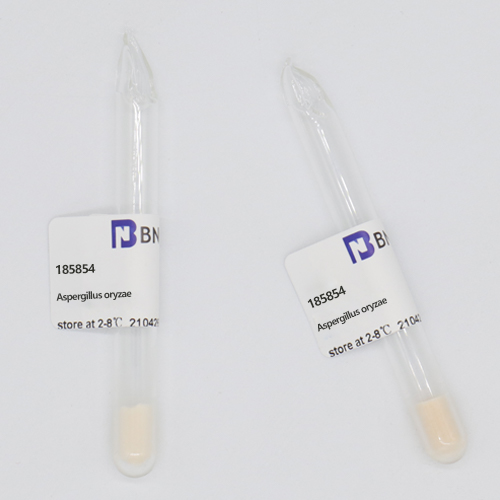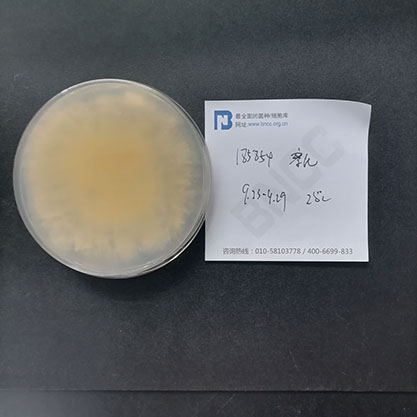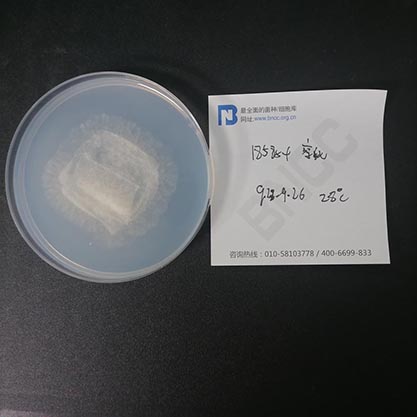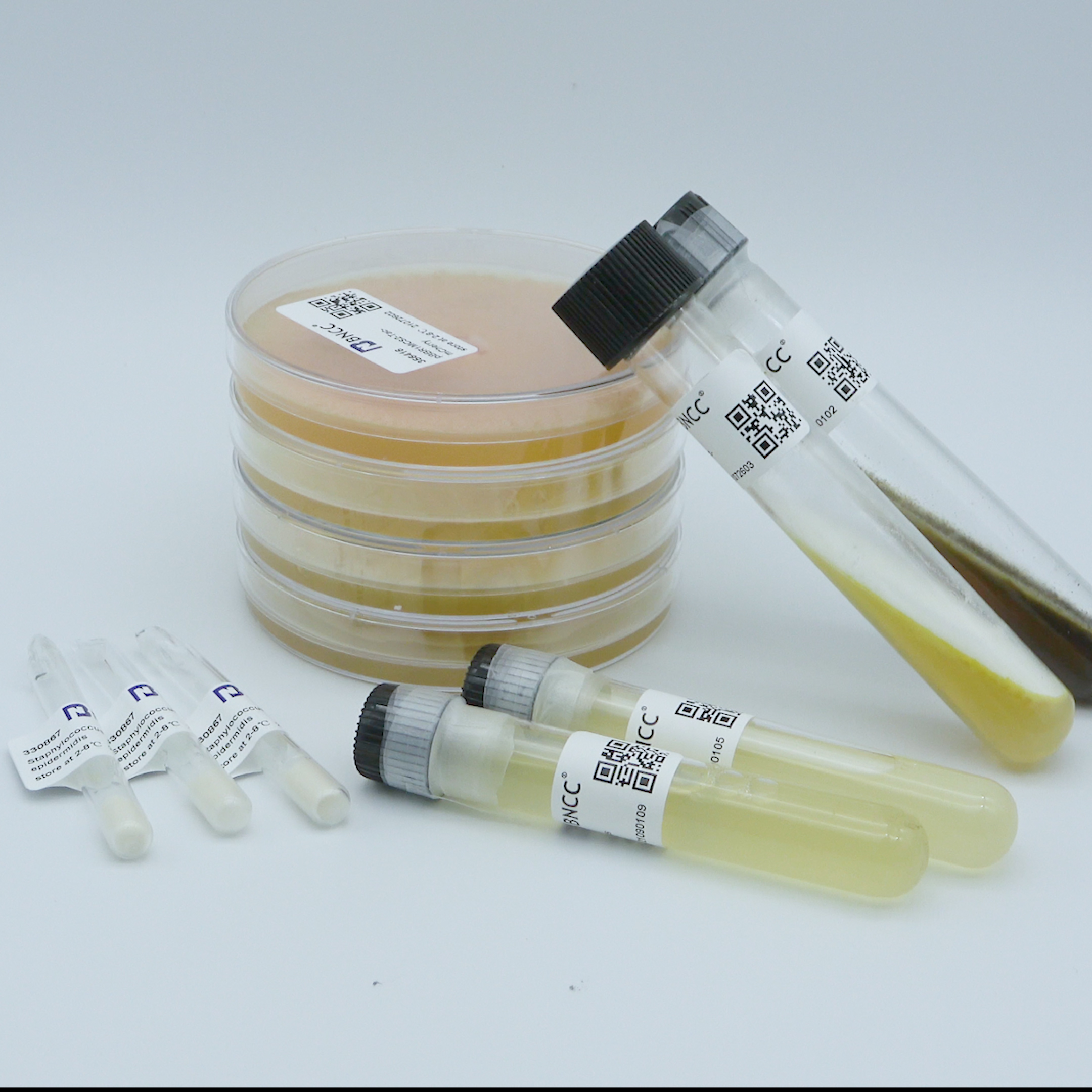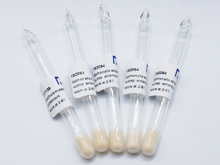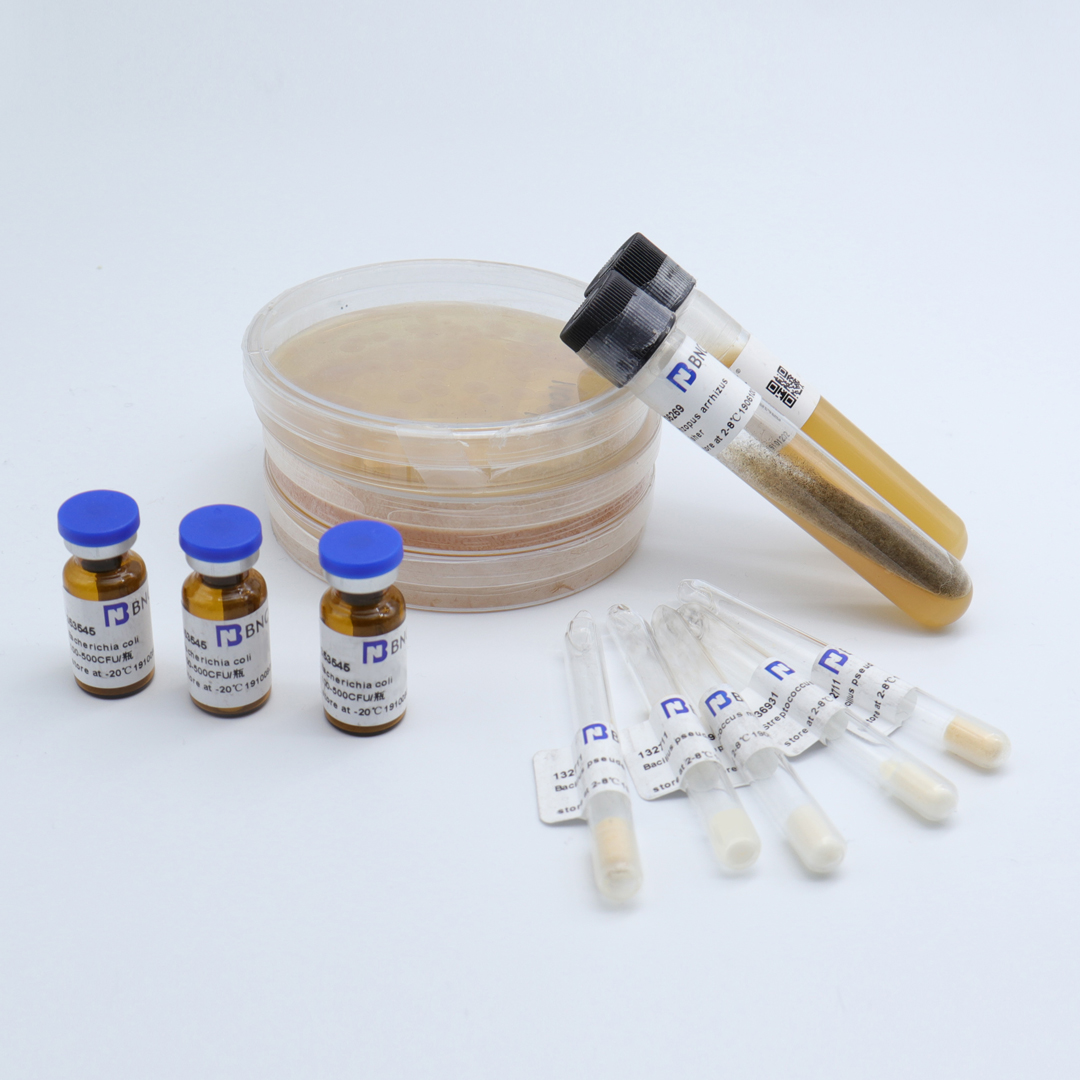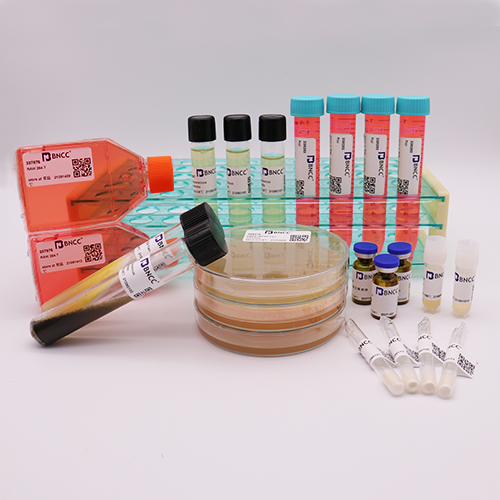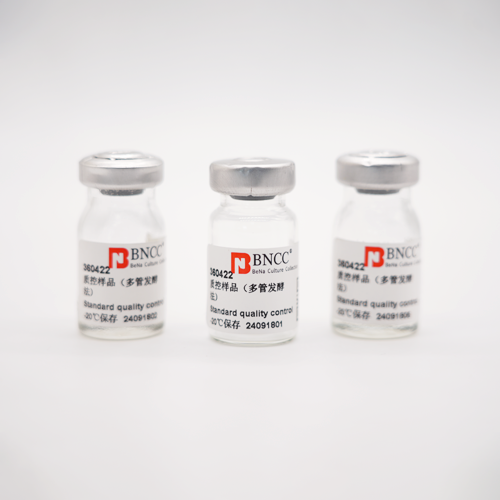Aspergillus oryzae
Storage conditions: 2~8 ℃
No. 185854
Product format: freeze dried,200ul
Validity period: 6 years
Biosafety level: 1, handle in ultra-clear table or safety cabinet
Receiving notice: if any abnormality is found on the day of receipt, please contact the customer service within 24 hours. If it is overdue, it is deemed that the bacteria are well. The agar slant can be used directly. In principle, it can be used many times without contamination within the validity period, but viability will gradually decrease with time. Please operate in strict accordance with this instruction, otherwise the replacement of bacteria are not be available in case of aberrant growth and loss of viability.
Growth conditions: 28°C, aerobic, Chapman's agar, 5-7 days. Chaplain's agar: 3g sodium nitrate, 1g dipotassium hydrogen phosphate, 0.5g magnesium sulfate, 0.5g potassium chloride, 0.01g ferrous sulfate, 30g sucrose, 15g agar, 1.0L distilled water, pH 6.2±0.2. Sterilize at 121°C for 15min.
Recovery steps:
①Prepare 1-2 of above mentioned plates;
②Open it in the biosafety cabinet, sterilize of the ampoule, heat the tip in a flame, quickly drop sterile water to creak it, then break it with forceps;
③Draw 0.5ml of sterile water into the freeze dried ampoule, make it fully dissolved, and distribute the solution to the plates well in 200ul/plate;
④Put the plates under the above culture conditions for cultivation 18-24h.
Recovery record: According to the recovery instructions, the results of the recovery are reported as follows:

| Item |
test results |
| viability |
good viability,in 6 days plate colonies are obvious |
| colony morphology: |
small filamentous fungi have obvious colonies on Cha's agar medium. The mycelium of the plate layer is light white in the early stage, spreading and growing to cover the whole plate, producing golden yellow spores in the later stage, and the back of the medium is light yellow. |
| Conclusion: |
good viability, no abnormal colony morphology, qualified |

 info@bncc.com
info@bncc.com
 - English
- English
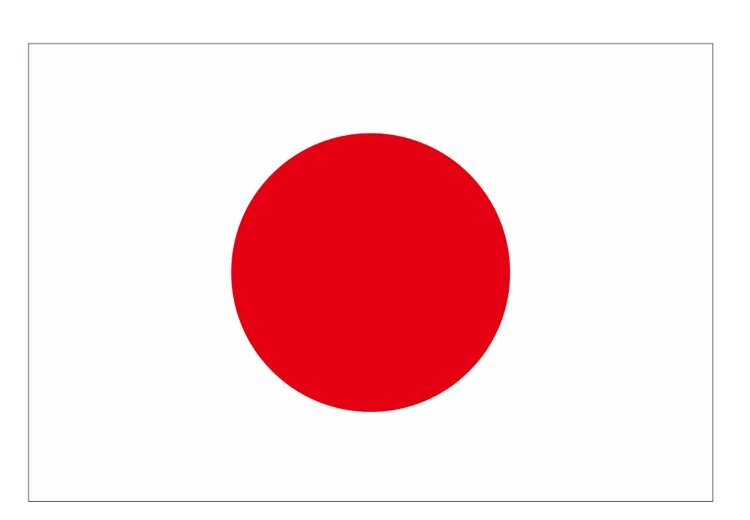 - Japanese
- Japanese

